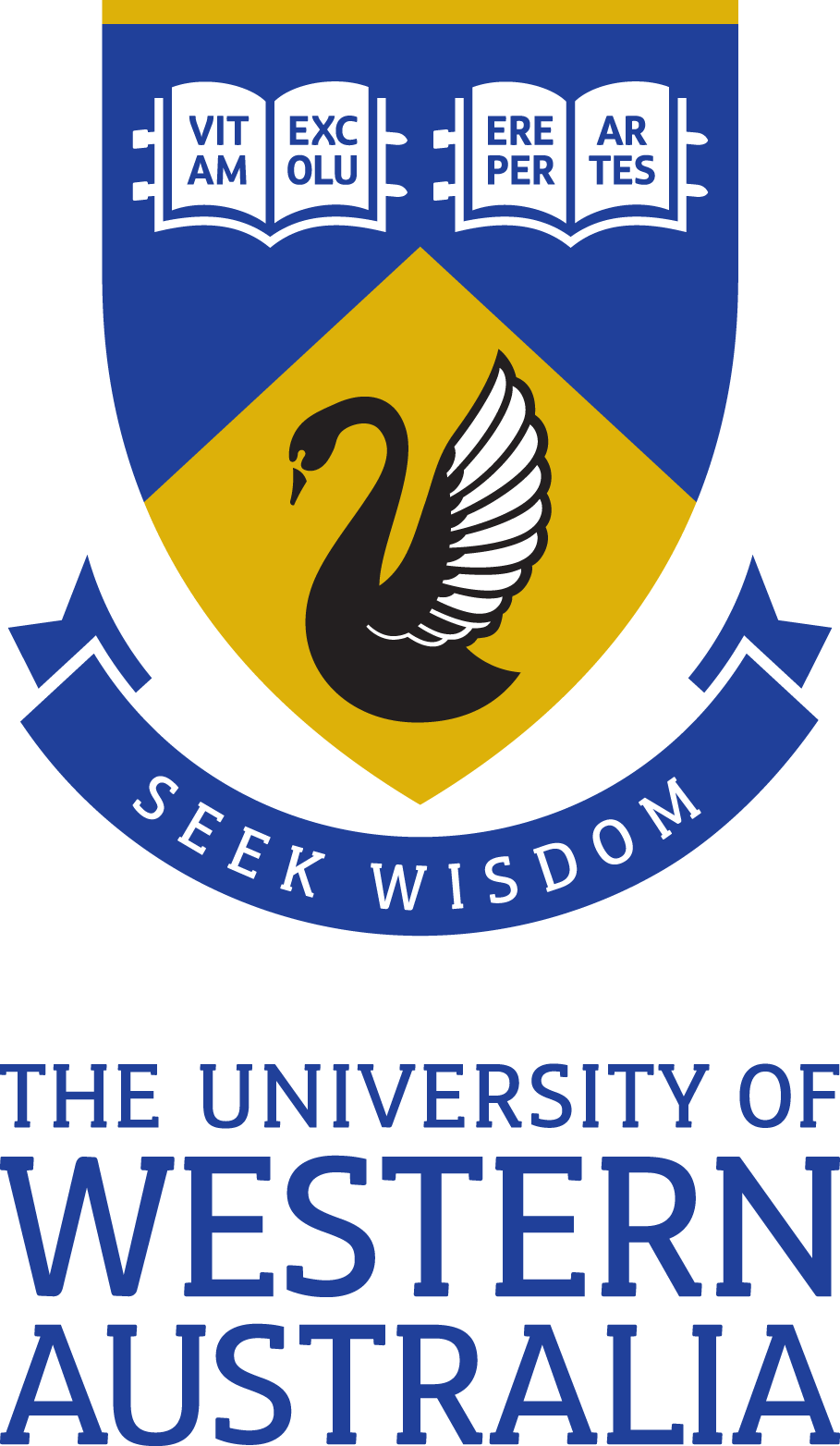Full description
Most animals are symmetrical; however, widespread and impressive cases occur where symmetry has been broken. Breaks in symmetry can occur as anti-symmetry, where 50% of the population have the left side enlarged and 50% the right, or through directional asymmetry where the entire population is biased either to the left or the right. Such broken symmetry represents a novel phenotype that is challenging to explain from an evolutionary perspective, given that it has ultimately evolved from a symmetrical ancestor. Here, we use artificial selection to test the hypothesis that anti-symmetry can evolve through the genetic assimilation of a developmental error that occurs in the production of an environmentally cued threshold trait. We find that anti-symmetry in the legs of the acarid mite, Rhizoglyphus echinopus, is heritable and that we are able to increase the frequency of the anti-symmetrical males through artificial selection. We find no evidence that the developmental instability of anti-symmetrical males is associated with negative fitness consequences in terms of larval viability and inbreeding depression. Our study provides empirical support for the notion that developmental errors in the production of threshold traits can be the genesis for the subsequent genetic assimilation of the phenotypic novelty that is broken symmetry.Notes
External OrganisationsUniversity of Queensland
Issued: 2020-10-23
Subjects
User Contributed Tags
Login to tag this record with meaningful keywords to make it easier to discover
Identifiers
- DOI : 10.5061/DRYAD.3XSJ3TXF7

- global : ec8777f2-4900-43ff-b31d-460c0db189ed


